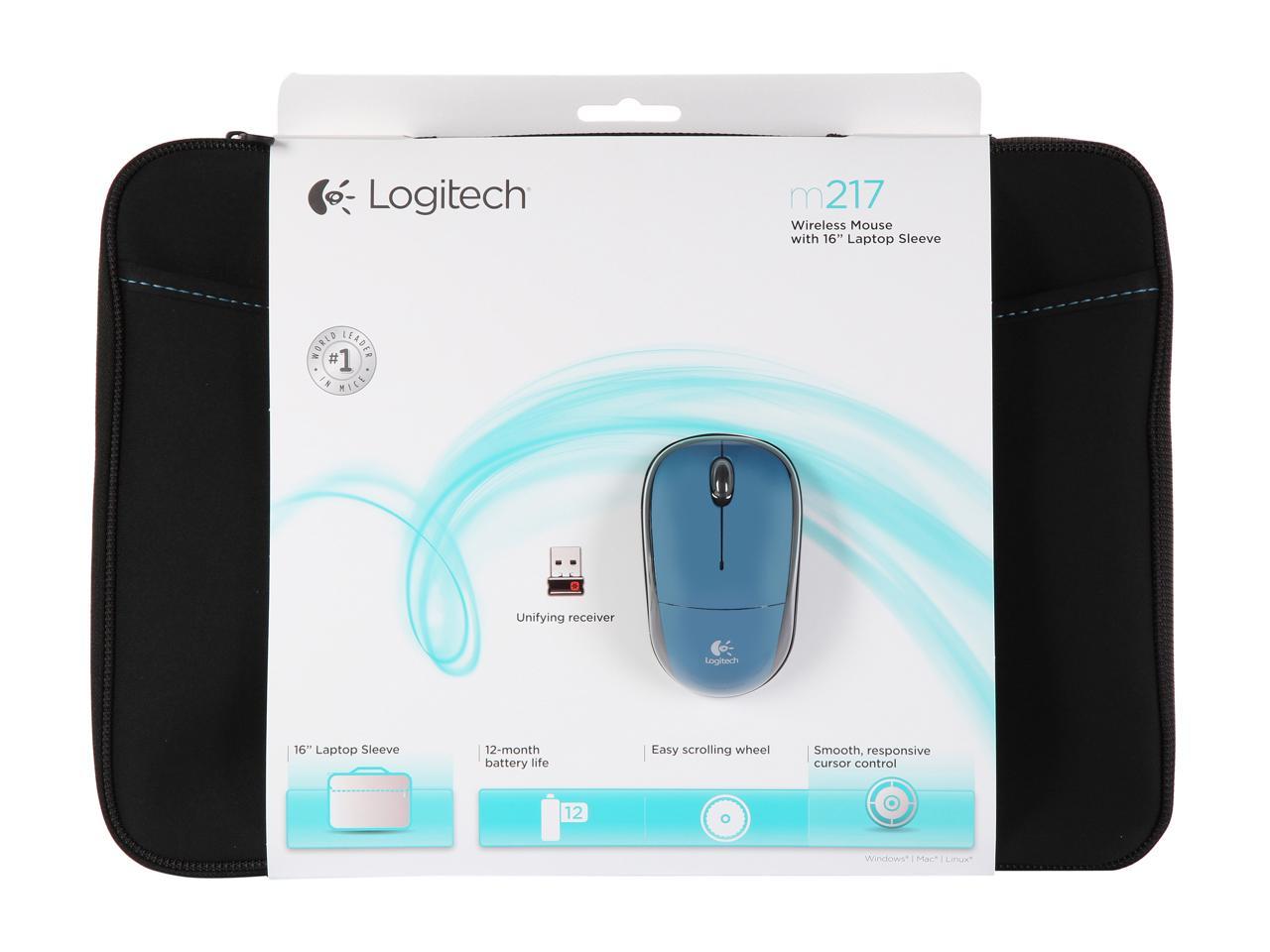

This component uses the traditional computer, and it’s also known as a pointing stick or nub that’s placed between G-H-B keys on your keyboard for moving cursors around with Trackpoint style pointers. The Trace Point mouse was designed by IBM in 1992. The user rolls the ball under their finger and then moves it overtop of whatever surface they are using (computer screen) for moving cursor movement purposes only – no clicking. The trace ball mouse is an input pointing device that can be used with the hand or feet, depending on preference. Now with technological advances in optical technology from LED lights and other DSPs (digital signal processing), there is no need for this tedious task! The sensors pick up on movement when it comes into contact with them which helps avoid dirt buildup as well since these parts never move anywhere near enough distance that they would require cleaning anyway. In the past, users had to clean their mouse’s roller or ball. Today though optomechanical mice have been replaced by optical ones since they do not need wires to make connections with your laptop – these types only require power through its USB port. This computer input terminal contains metal or rubber balls inside, and when we move them across the surface it rolls because there are sensors embedded in which identify movement from one direction as well as x-, y-axis sensitivity levels depending on how far apart those points are located along each dimension (x=horizontal distance between left edge/right edge y vertical height). One type of mouse that was once popular is a mechanical ball. There are many different types and models available in today’s market, each one having its own unique functionality so you can use them all depending on what your needs may be. The mouse is the most important part of any computer. They were former Xerox PARC engineers, who found that IR signals weren’t strong enough to transmit entire data over a clear path between the device and receiver – so they altered these infrasound waves into radiofrequency. The first wireless mouse was introduced by David Liddle and Donald Massaro in 1984 with Metaphor computer. Williams and Robert S Cherry designed the Optical Mouse which uses an LED to replace a ball in order to reduce costs while also enhancing microcontroller processing power with its new trendsetting design. In the year 1972, a new mouse was developed that replaced its ball with something we call “wheels.” The idea behind this invention was improved performance and increased productivity for users alike. This miracle invention is made from wood and measuring about two feet long by one foot wide with an embedded button on the top left corner side (which can be pressed). In the late 1950s, Douglas Engelbart was working at Stanford Research Institute in Menlo Park California when he developed a new way to use computers. But did you also realize that it was invented by Douglas Engelbart over 50 years ago? We will now take the time to learn more about this intriguing inventor who is responsible for one of today’s most used gadgets. Today, we know computer mice as a way to navigate through documents and websites with ease. Wireless mice don’t need physical wires and come with extra buttons for performing other tasks in addition some also have ergonomic designs making them more comfortable than their predecessors while others use laser sensors which eliminate even this problem. It has been a long time since the days of using just one type, but now there are many different types to choose from. Mice are considered by many users today but must have been very difficult at first glance for people who had never seen them before.

The first one developed was called “mouse” because its shape resembled that which came from mice – these Days we refer to this term as simply “mouses”. With the introduction of computers, it became necessary to develop new input devices.


 0 kommentar(er)
0 kommentar(er)
